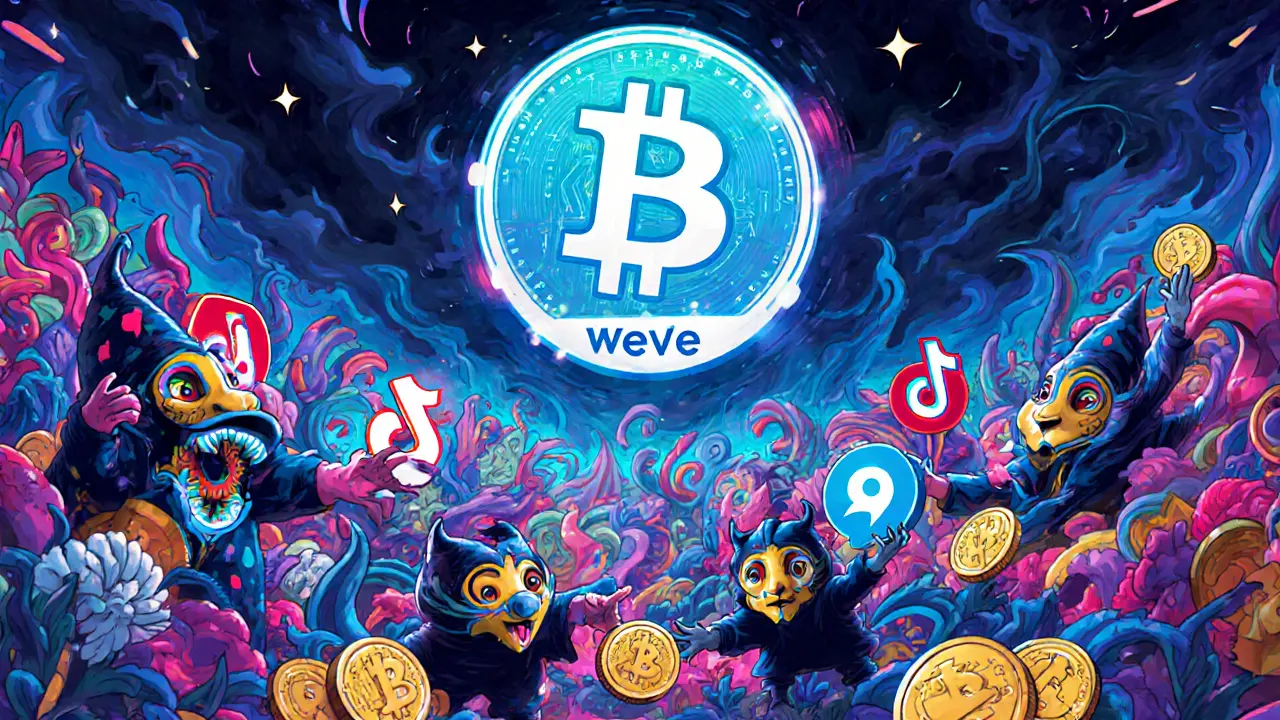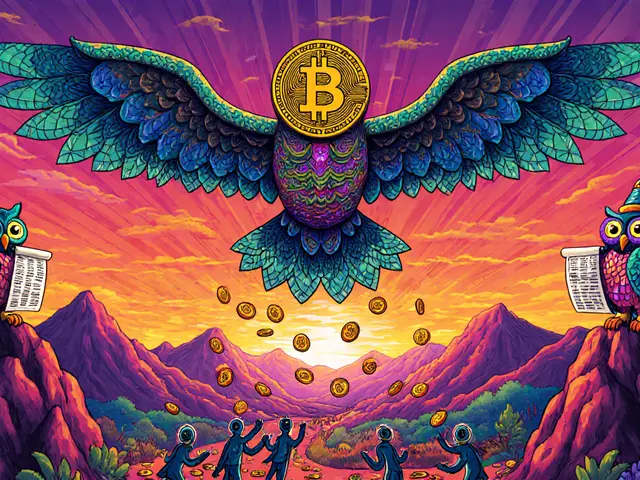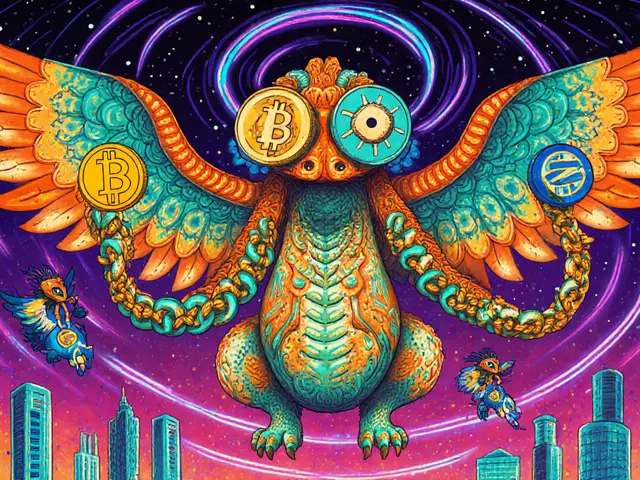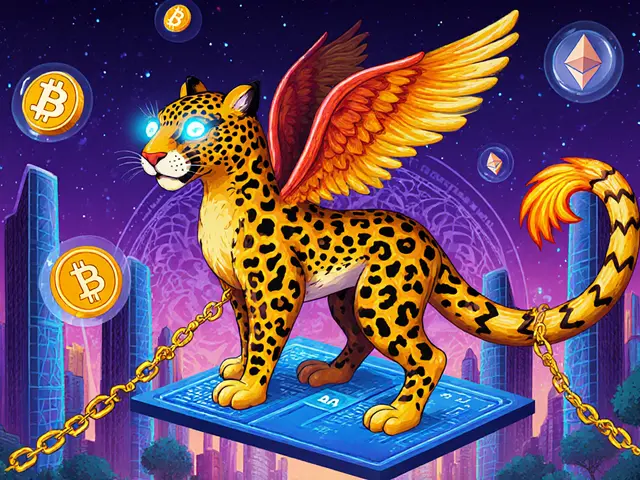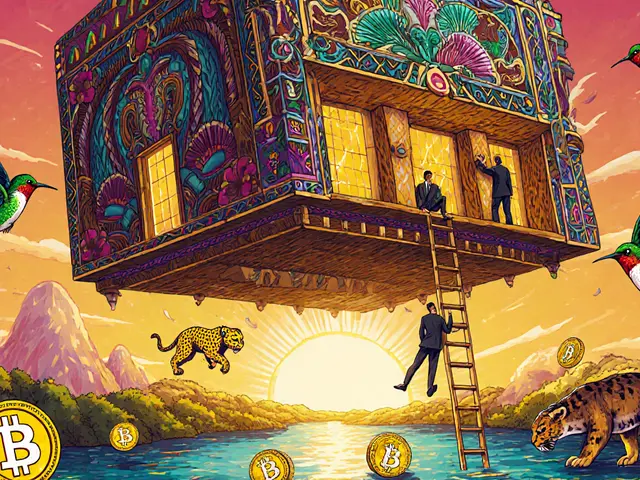veDAO: What It Is, How It Works, and Why It Matters in Decentralized Governance
When you hold a veDAO, a token model that locks governance rights in exchange for time-based commitment. Also known as vote-escrowed DAO token, it doesn't just give you a say—it gives you more say the longer you hold. Unlike regular governance tokens you can sell anytime, veDAO tokens are locked for a set period, and your voting power grows with time. This simple idea changes how communities make decisions: it rewards loyalty, punishes speculation, and pushes power toward those who actually want the project to succeed.
veDAO isn’t a coin you trade for quick profit—it’s a tool to align incentives. Projects like Curve Finance built their entire governance system around it, and now dozens of DeFi protocols follow suit. The model works because it turns short-term traders into long-term stewards. If you lock your tokens for four years, you get four times the voting power of someone who locks for one year. That’s not just math—it’s a behavioral nudge. It stops whales from dumping tokens after voting, and it keeps casual holders from flooding polls with empty votes. You can’t just buy influence—you have to earn it by sticking around.
Related to this are governance tokens, digital assets that grant decision-making rights in decentralized networks, and tokenomics, the economic design behind how tokens are distributed, used, and valued. These two concepts are the foundation of veDAO. Without clear tokenomics, veDAO fails. If too many tokens are released too fast, no one locks them. If the rewards are weak, no one stays. And without real governance power—like voting on fees, treasury spending, or protocol upgrades—veDAO becomes just another locked token with no purpose.
What you’ll find in this collection are deep dives into real-world cases where veDAO shaped outcomes. You’ll read about projects that used it to survive attacks, others that failed because they ignored its mechanics, and one that quietly shifted control from insiders to everyday users. Some posts explain how to earn veDAO tokens through staking or trading. Others show how locking them affects your influence in DAO votes. And a few warn you about scams pretending to be veDAO systems—because if it sounds too easy, it probably is.
This isn’t theory. It’s practice. Every post here comes from real protocols, real votes, and real holders who made choices that changed the outcome. Whether you’re new to DeFi or you’ve been holding for years, understanding veDAO means understanding who really runs the systems you’re part of—and how to make sure your voice counts.
